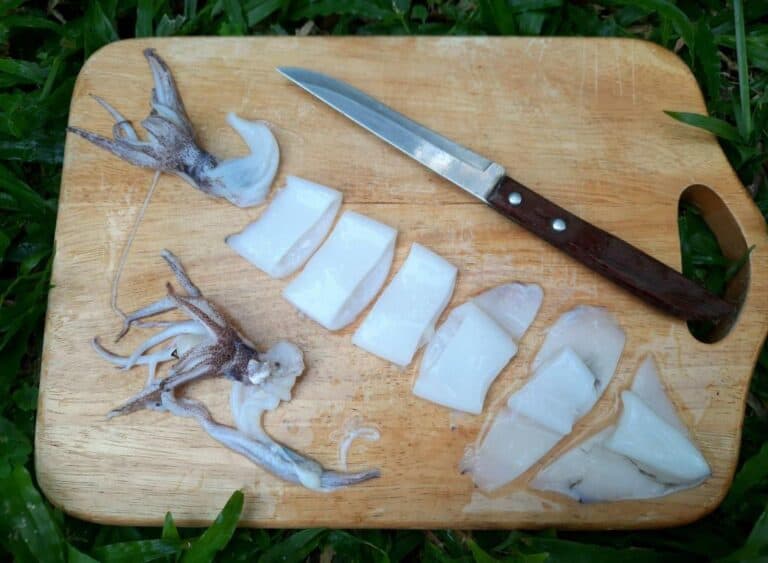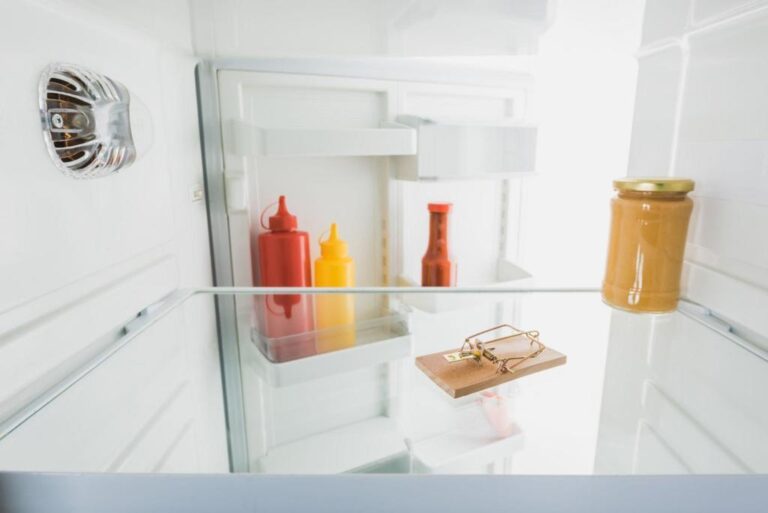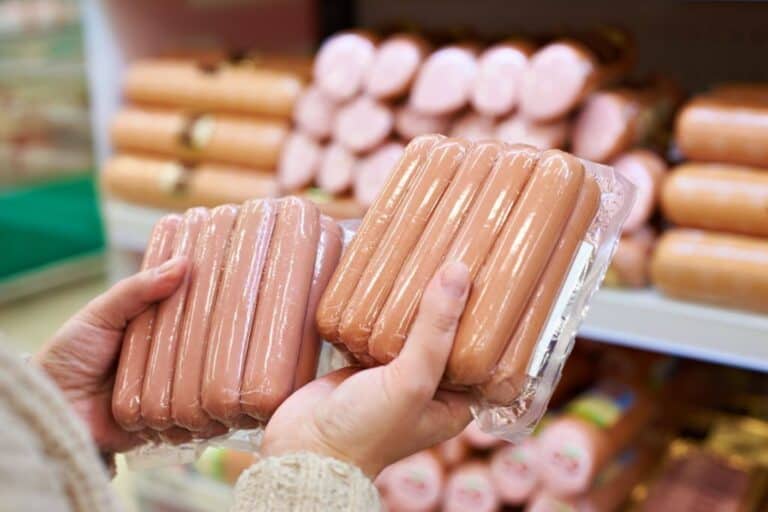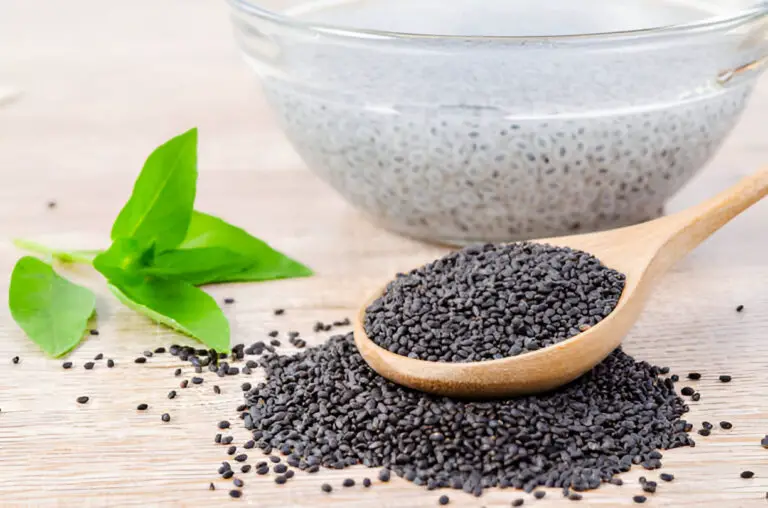Does Washing Mushrooms Make Them Slimy When Wet?

Mushrooms are a versatile and delicious addition to countless recipes, from hearty stews to gourmet pasta dishes. Whether you sauté them to golden perfection or simmer them in a savory broth, their umami flavor is irresistible. But as people try to find clean, tasty mushrooms, one question keeps coming up: does washing them turn them into slimy, tasteless food?
We are going to explore the fascinating world of mushroom science in this article. We will figure out what gives mushrooms their unique texture, why they can turn slimy, and how to keep them in perfect condition.
Let us learn more about the fascinating world of mushrooms, including how to keep them firm, tasty, and free of that awful sliminess. Your next culinary adventure with these delectable fungi starts here.
The Mysterious Mushroom Texture
While we are talking about sliminess, it is important to know what makes mushrooms have their own texture. Mushrooms are approximately 90% water, which plays a pivotal role in determining their taste when cooked or cleaned.
The cell walls of mushrooms are rich in chitin, the same substance found in the exoskeletons of insects. This chitinous structure contributes to their characteristic firmness.
The delicate balance of moisture and chitin is what we must preserve when washing mushrooms to avoid an unpleasant, slimy outcome.
Does Washing Mushrooms Make Them Slimy When Wet?
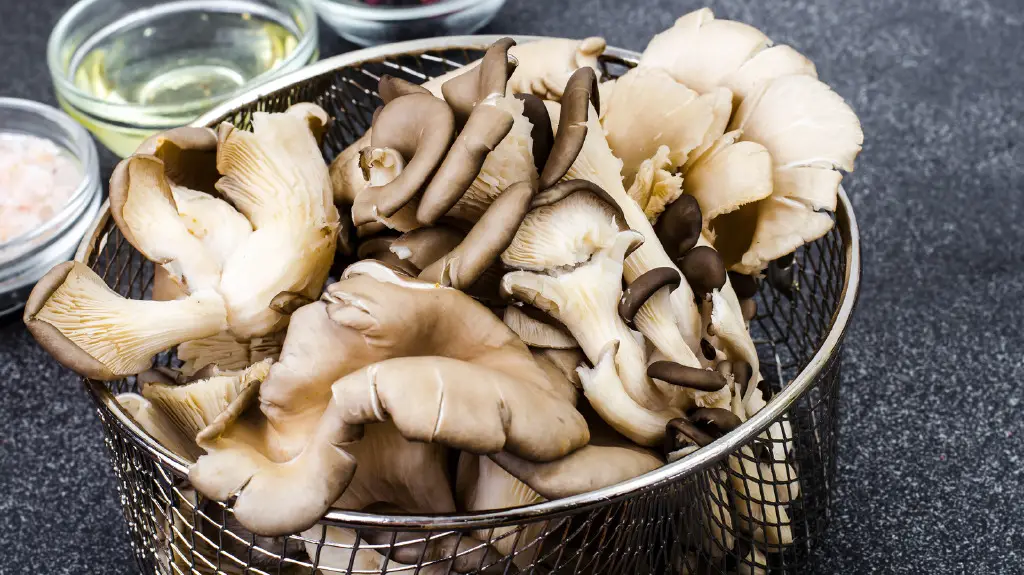
Mushrooms are porous and absorb water like sponges, so yes, washing them can lead to a slimy, rubbery, or mushy texture. However, if you follow the recommended washing methods mentioned earlier, you’ll maintain their ideal texture.
Mushrooms have a natural inclination to absorb water, and they do so rapidly. When they soak up excess moisture, their cell walls become swollen, and this is what leads to the undesirable slimy feel. In essence, the sliminess occurs due to improper washing techniques rather than the mere act of cleaning.
However, it is important to remove dirt and debris from mushrooms, especially when working with wild varieties, to avoid inedible mold.
The best way to clean mushrooms is to use a paper towel or dry cloth to swipe off any dirt. If the mushrooms are very dirty, a dry pastry brush or a slightly moistened paper towel can be used.
If the mushrooms are already slimy, they are not in great shape, but they are not necessarily inedible either. If the slime is minimal, they can still be used for cooking, but if the slime is excessive, it is best to discard them.
Best Practices for Washing Mushrooms
If you wash mushrooms the right way, they will keep their delicious texture and be free of any harmful substances. In this step-by-step guide, we will talk about the best ways to wash mushrooms and give you tips on how to keep their texture while you clean them.
Step-by-Step Guide to Washing Mushrooms Effectively
Properly washing mushrooms is essential to maintaining their exquisite texture. Follow these steps to ensure your mushrooms remain firm and free from sliminess:
- Gentle Rinsing: Begin by gently rinsing the mushrooms under cold, running water. This helps remove visible dirt and debris without subjecting them to excess moisture.
- Trim Ends (Optional): If the stem ends are dry or discolored, you can trim them slightly to improve their appearance. This step is optional but can enhance the overall look of your mushrooms.
- Avoid Soaking: The key here is to avoid prolonged soaking. Mushrooms are like sponges, and excess moisture can lead to sliminess. A quick rinse is all they need.
- Thorough Drying: After rinsing, pat the mushrooms dry with a paper towel or a clean kitchen cloth. This step is crucial to prevent any remaining moisture from causing a slimy texture.
Table: A Quick Mushroom Washing Guide
| Step | Action |
| Rinse | Under cold, running water |
| Trim Ends | Optionally |
| Avoid Soaking | Prolonged exposure to water |
| Pat Dry | With paper towel or cloth |
Key Point: Properly washing mushrooms involves a gentle rinse, minimal soaking, and thorough drying to prevent sliminess.
Tips for Preserving Mushrooms Texture While Cleaning
Preserving the texture of your mushrooms is all about maintaining the delicate moisture balance. To avoid sliminess, consider the following tips:
- Use a Brush or Damp Cloth: If you prefer not to rinse your mushrooms, you can use a soft brush or a damp cloth to gently wipe away dirt and debris gently. This method minimizes moisture exposure.
- Store Properly: After cleaning, store your mushrooms in a paper bag or with a loosely closed paper towel in the refrigerator. This allows them to breathe while preventing excess moisture buildup.
If you follow these best practices and tips, you can make sure that your mushrooms keep their delicious texture and are ready to add to your food. So, next time you prepare a mushroom-based dish, you can enjoy the earthy goodness without worrying about sliminess.
Storing Clean Mushrooms
Now that you’ve learned how to wash mushrooms without making them slimy, let’s explore how to store them properly. Storing your fungi correctly is crucial for maintaining their freshness and flavor.
Refrigeration
Mushrooms are highly perishable, so mushrooms need to be put in the refrigerator promptly. Place your clean, dry mushrooms in a paper bag or a loosely closed paper towel, which allows them to breathe while preventing moisture buildup.
Avoid Plastic Bags
Avoid storing mushrooms in plastic bags, as they can trap moisture, hasten spoilage, and cause potential sliminess. It’s all about maintaining the delicate moisture balance.
Key Point: Proper storage is crucial for preserving the texture and flavor of your mushrooms.
Cooking Mushrooms to Avoid Sliminess
It requires careful cooking techniques to avoid the dreaded mushroom sliminess. To preserve their ideal texture, you need to understand the best way to cook mushrooms.
High Heat is Key: Cooking mushrooms over high heat is the first rule in the battle against sliminess. High heat allows excess moisture to evaporate rapidly, preventing the mushrooms from becoming slimy. Whether you’re sautéing, roasting, or grilling, a hot pan or oven is your best friend in the quest for perfectly cooked mushrooms.
Don’t Overcrowd the Pan: Overcrowding the pan is a common mistake that can lead to mushroom sliminess. When mushrooms are packed tightly, they release more moisture, and that moisture can’t escape efficiently, resulting in a slimy outcome. To prevent this, ensure there’s enough space between the mushrooms when cooking. If needed, cook them in batches to maintain that crucial space.
Conclusion
In summary, washing mushrooms doesn’t inherently make them slimy when wet. It’s all about how you wash them. To keep their perfect texture, you need to wash them the right way: with a gentle rinse, not too much soaking, and full drying. Knowing how mushrooms work scientifically and how they absorb water lets you enjoy these tasty fungi without having to worry about getting slimy.
The next time you are making a dish with mushrooms that makes your mouth water, remember these tips to keep the mushrooms firm, flavorful, and free of sliminess. Happy cooking!
As you can see, properly washing mushrooms is all about maintaining the delicate moisture balance. Follow these steps, and your mushrooms will maintain their delightful texture, free from sliminess. Enjoy your culinary adventures with these earthy delights!
FAQs How to Clean Mushrooms to Prevent Slimminess
Do you have to wash mushrooms before cooking?
While it’s not mandatory, it’s advisable to clean mushrooms to remove dirt and debris. However, some chefs prefer wiping them with a damp cloth to avoid excess moisture.
How do you clean mushrooms without making them slimy?
To clean mushrooms without causing sliminess, use a soft brush or cloth to gently remove dirt. Avoid soaking them in water; instead, rinse quickly and pat them dry immediately.
How do you store mushrooms to prevent sliminess?
Store mushrooms in a paper bag or a loosely closed container in the refrigerator. Avoid plastic bags or airtight containers to prevent moisture buildup, which can lead to sliminess.
What causes mushrooms to become slimy when washed?
Excessive moisture and improper storage conditions are the main culprits for mushrooms becoming slimy after washing.
Does washing mushrooms remove nutrients?
Washing mushrooms briefly does not significantly affect their nutrient content. However, soaking them for an extended period might lead to a slight loss of water-soluble nutrients.
Should you peel mushrooms before washing?
Peeling mushrooms isn’t necessary, but some prefer it for aesthetic reasons. However, it’s best to wash them first to remove any potential contaminants.
Can you freeze mushrooms after washing them?
Freezing mushrooms is possible, but it’s better to freeze them unwashed. Washing before freezing can compromise their texture and lead to sogginess upon thawing.

